Specification of Food Cocoa Powder Tin Cans Tinplate Container (cocoa tin):
Product name | mint candy tin cans |
Description | A good packaging is the best and most cost-effective advertisement for your products such as candy, nut, cookie,chocolate and more. The metal container we produced is your best choice for its high quality and competitive price . |
Specifications | Product size: large,mini,any size is accepted Material: 0.21~0.25mm thickness tinplate for your choice design:Welcome your own design , we will protect your copyright if you have the legal copyright. Features : Recycle and durable ,eco-friendly, offset printing with good safety ink Three-piece structure ( lid, body and base) Hinged lid Vivid picture embossing on tin body Height is adjustable |
Printing | CMYK printing on outside of whole tin cans transparent varnish for inside tin it can be different according to your request |
Features | Recycle and durable eco-friendly offset printing with good safety ink |
Surface | Varnish / matt, Embossing and debossing is acceptable |
Competitive price | we insist on competitive price for our customers to keep a long good relationships with each others |
Certificate | ISO 9001 |
Leadtime | 7-10 days for pre-production samples 25-30 days for mass production after sample approval |
Payment | 30% in advance,70% upon shipment |
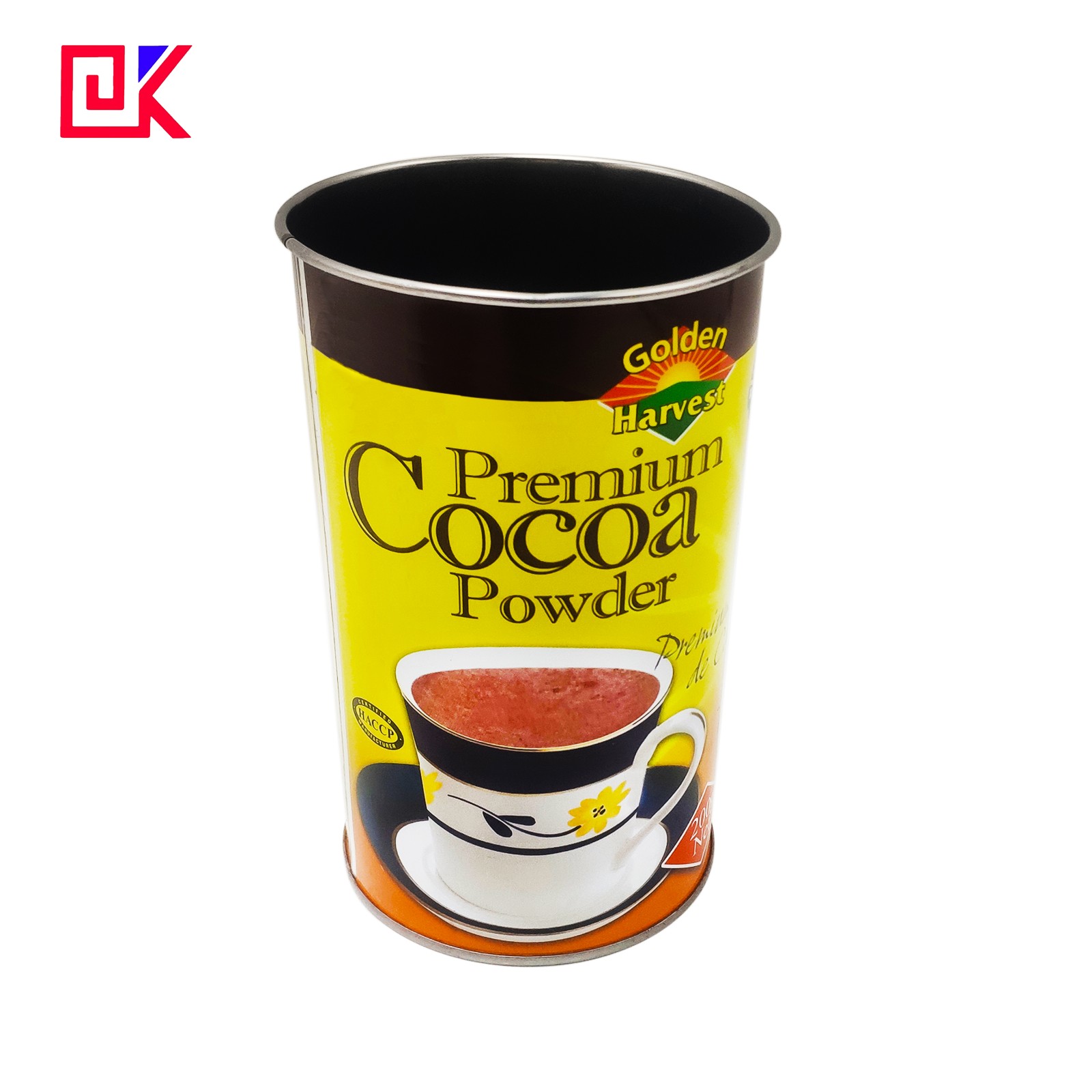
Product Show
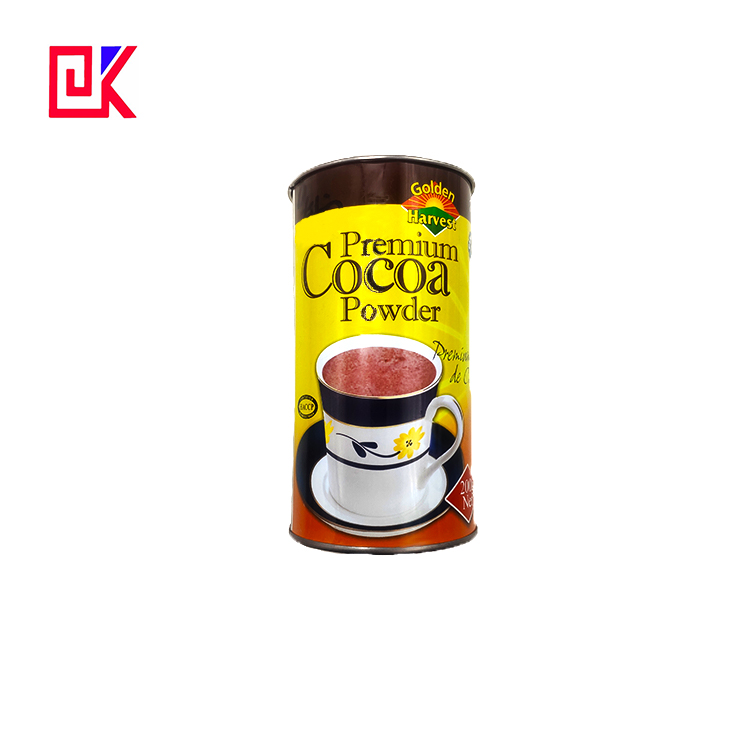
Product Design
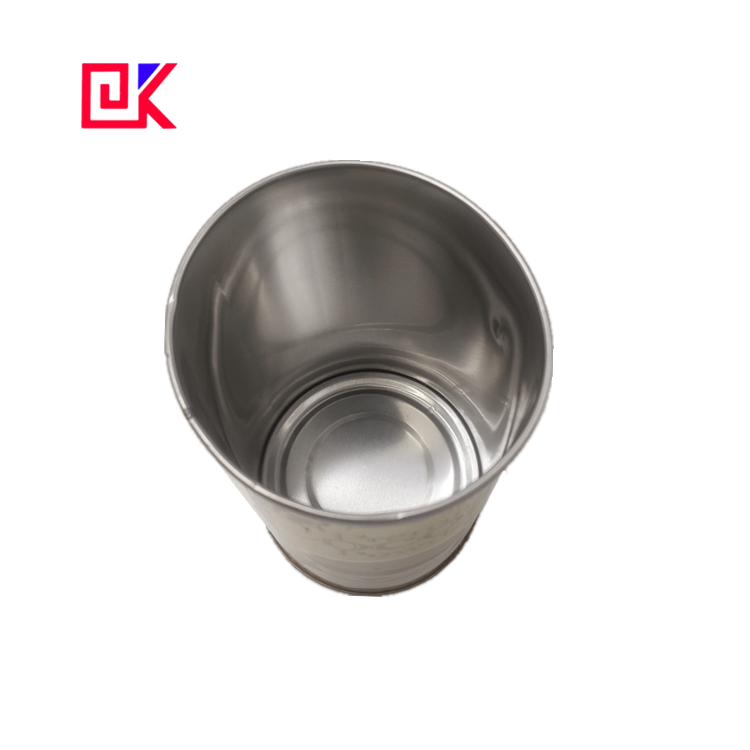
Internal Can
All of our products support customization, if you need please feel free to contact us.
Features of cafe tin:
Food grade material for coating and printing
Multiple printing processes
3000 sets of moulds are available
Various styles are available
Multiple structural processes
Can be customized

Food tin container printing has special requirements for inks:
(1) It has good adhesion and corresponding mechanical functions. Because food tin containers are printed at the end, they can be made into food cans, toys, metal photo frames, and barrels and cans of chemical products. Therefore, it is implored that printing inks have better adhesion and corresponding mechanical functions to food tin containers. In order to improve the ink adhesion, tfood tin container is firstly primed before printing. White is the base color of all screens and has a very high brightness. Participate in other high-energy hue in the future, can improve the lightness of each hue to form a gradation.
(2) Requirements for white ink:
The appearance of food tin container is snow-white (or yellow) and has a metallic luster. Before printing colorful graphics, the appearance needs to be painted white or printed white. Constrained by the ability of the ink masking, monochrome machines often need to be printed white twice. Whiteness can reach 75%. Whiteness is an important target for the quality of food tin containers printing products. It is implored that the white ink has the outstanding binding force with the primer, and it does not turn yellow after being baked at high temperatures, and does not lose color under high temperature resistance. Priming tinplate food cans can add adhesion to tinplate food cans and has excellent binding power to white ink. The commonly used primer is epoxy amine based, with light color, no yellowing and aging after repeated baking, good flexibility and impact resistance.
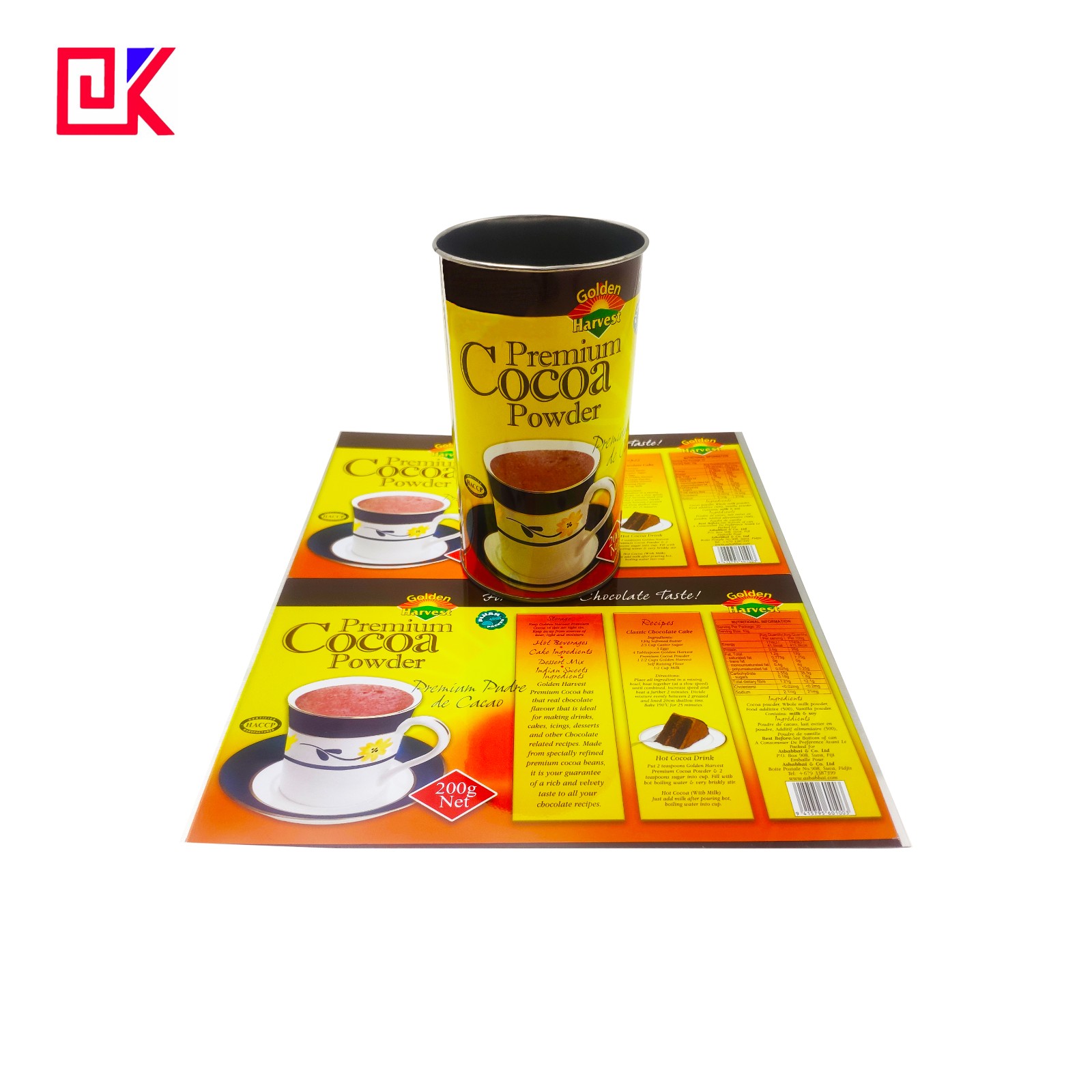
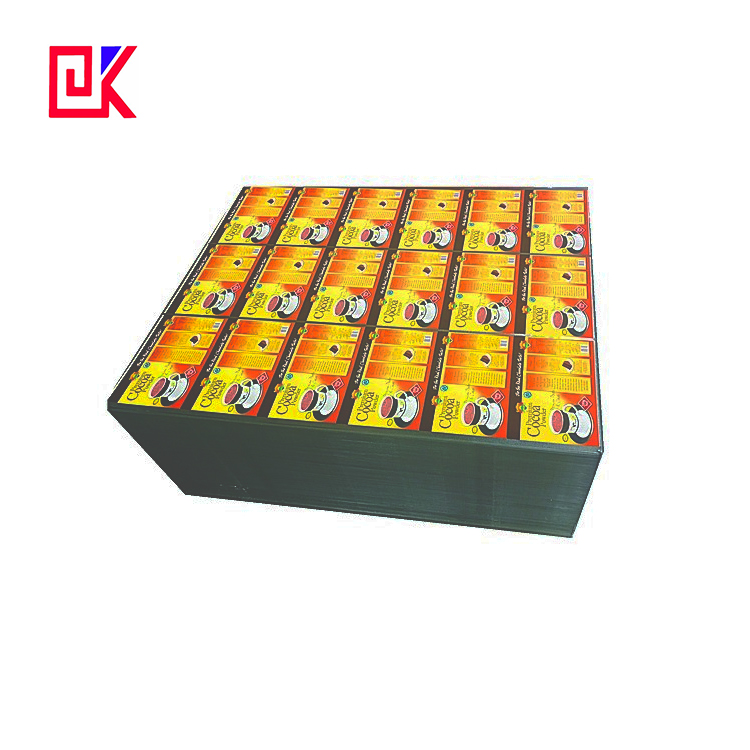
(3) Requirements for color ink
The colorful inks printed on food tin containers, in addition to having a certain degree of water resistance, also need their special plea. Since the surface offood tin containers is not saturated with moisture and solvents, the baking needs are boring, so the ink should be heat-curable. Higher pigmentation power and durability are demanded. In addition to the basic functions of ordinary offset printing inks, iron printing inks should have heat resistance, strong ink film adhesion, impact resistance, good rigidity, cooking resistance and light resistance according to the characteristics of printing iron.
(4) Dry process of ink
In the production of food tin containers, the dullness of the ink is a messy physical and chemical reaction. To properly control the boring speed of the ink, to grasp the physical and chemical mechanism of the boring ink, to effectively carry out rapid printing operations and ensure product quality. If the ink is boring too quickly, it will reduce the normal transfer function of the ink, which will affect the normal production process. The formation of prints will be weak, the ink color will be faded, and the printing plate and the ink roller will show dry ink on the surface, which will hinder the transfer of ink. The layer expands outwards; the excessive amount of desiccant is added to form the adsorption of ink, and the blank part becomes dirty. And the ink is boring too slow and can cause overprinting difficulty, adhesion, adhesion, etc., and the sturdiness is reduced; it can simply form scratches in the conveying process. Therefore, the ink's boring speed should be suitable, too fast or too slow are obscure.
(5) Special layout of printing equipment
Due to the difference in the substrate, the auxiliary organization of the tinplate food can printing machine is also different from the printing paper offset printing machine. food tin containers are insoluble in water and do not absorb solvents, so printing inks need to be baked at high temperature before the solvent evaporates and condenses. Therefore, drying equipment is usually required in printing process equipment. The entire automatic printing line for tinplate food cans is generally more than 50 meters in length, with fine and huge features. In addition, the tinplate food can printing machine is controlled by the use of magnet split and double sheet. The high hardness of the tinplate food can data also determines that the progressive continuous iron layout cannot be selected during the printing process. Layouts are different from offset presses for printing paper.